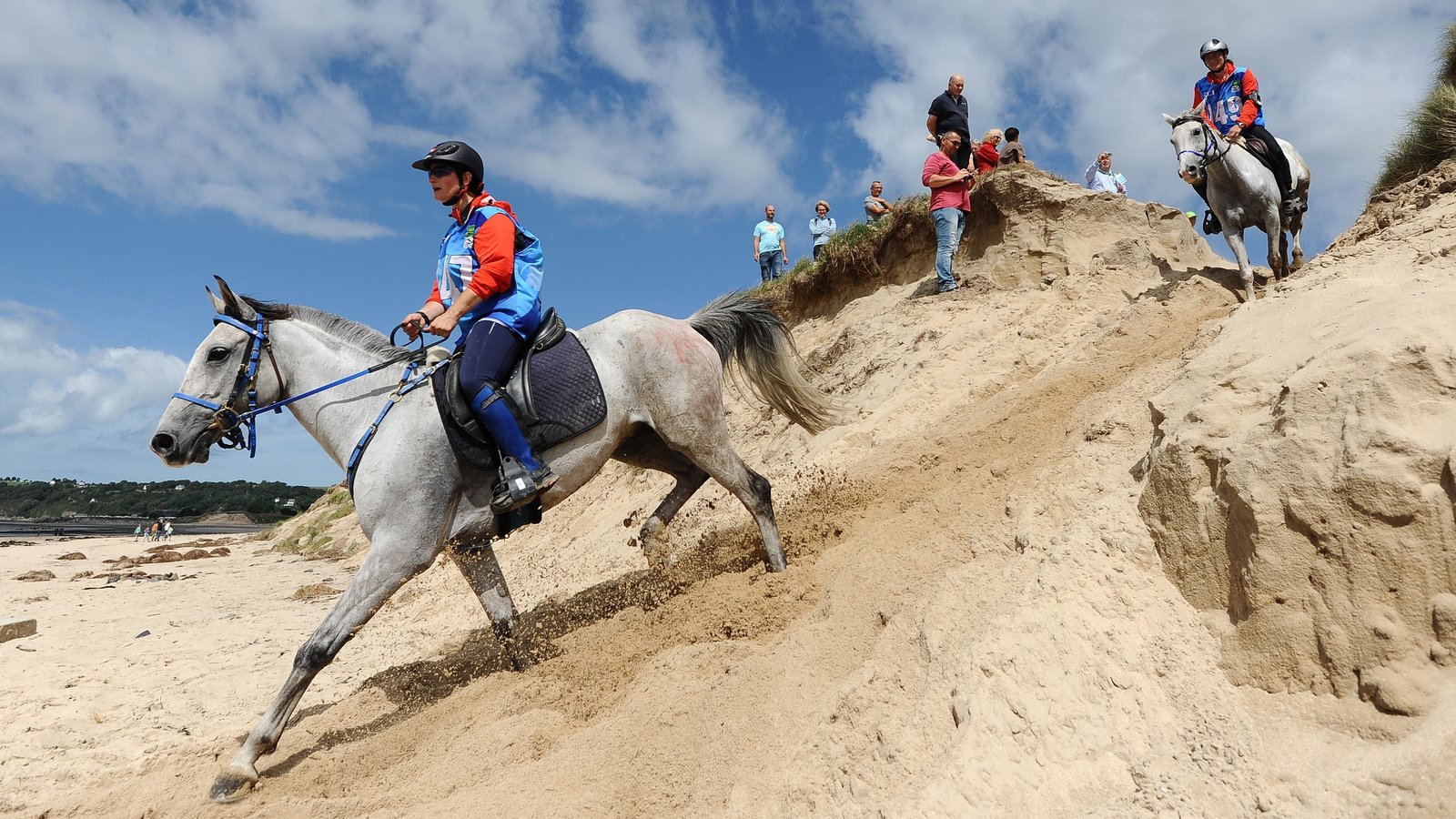Horse training is a multifaceted discipline that requires a deep understanding of equine psychology, physical capabilities, and the goals you want to achieve. Whether you are training a young foal or an adult horse, employing the right techniques can make all the difference. This article provides a comprehensive guide to the basics of horse training, exploring methods, common challenges, and tips for effective training.
Why is Horse Training Important?
- Behavioral Management: A well-trained horse is easier to manage and safer to be around.
- Skill Development: Training enhances a horse’s capabilities, making it more versatile and adaptable.
- Human-Horse Relationship: Effective training fosters trust and understanding between the horse and the rider.
Core Principles of Horse Training
Consistency
- Stick to a consistent schedule and set of commands.
Positive Reinforcement
- Reward desired behavior to encourage repetition.
Gradual Progression
- Introduce new exercises or commands gradually to avoid overwhelming the horse.
Types of Horse Training
Groundwork
- Lunging: Teaching the horse to work on a circle around you.
- Desensitization: Exposing the horse to new experiences gradually to reduce fear.
Riding Basics
- Walk, Trot, Canter: The basic gaits every riding horse should know.
- Directional Control: Training the horse to respond to rein and leg cues.
Advanced Training
- Dressage: Highly skilled form of riding that focuses on the horse’s responsiveness to subtle cues.
- Jumping: Teaching the horse to clear obstacles.
Common Challenges and Solutions
- Bucking and Rearing: Often a sign of discomfort or fear.
- Solution: Check for any physical issues and consider revisiting basic training.
- Stubbornness or Disobedience: May be caused by confusion or fear.
- Solution: Re-establish basic commands and build up gradually.
- Lack of Focus: Easily distracted by surroundings.
- Solution: Train in a controlled environment and use rewards to encourage focus.
Training Equipment
- Halter and Lead Rope: For basic ground control.
- Saddle and Bridle: For riding exercises.
- Lunge Line: For lunging exercises.
Tips for Effective Training
- Know Your Horse: Each horse has its own personality and learning speed.
- Start Small: Begin with simple commands and gradually introduce complexity.
- Be Patient: Progress takes time and effort.
When to Consult a Professional Trainer
- Behavioral Issues: If a horse displays chronic behavioral problems.
- Specialized Training: For disciplines like dressage or jumping.
- Training Plateaus: When progress seems to have stalled.
Conclusion
Horse training is an ongoing process that requires patience, consistency, and a solid understanding of equine behavior. By adhering to the core principles of training and utilizing appropriate methods and equipment, you can train your horse to be a well-mannered, skillful partner in any equestrian endeavor. Remember, the key to successful horse training lies in building a relationship founded on mutual respect and understanding.
